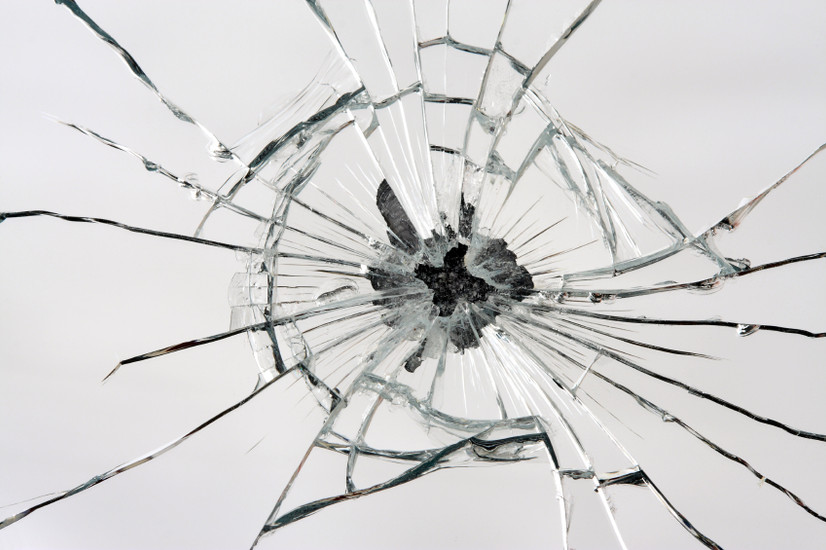How to Practice for a Presentation the Right Way
Posted by Michelle Drucker on May 22, 2014
Presentation Rules to Break: Practice in Front of a Mirror
Practicing your presentation in front of a mirror sounds like great advice. We don’t know what we look like, and it’s not always possible to videotape our practice, so why not? This rule is one of those that everybody knows is “right.”
But mirrors are just a one-person show. You get used to performing for an “audience” that’s about 12 inches away. You worry about tics you didn’t notice before, or conversely, you really enjoy smiling back at that good-looking person in the mirror. In short, you practice watching yourself.
You’re supposed to be practicing watching the audience! You won’t be watching yourself when you present, but your body, voice, and energy will all be used to a mirror, which gives no feedback, reaction, or energy and makes you focus on yourself. Nothing will make you self-conscious and inwardly focused more quickly than practicing in front of a mirror. Too much self-reflection removes your focus from the audience. If we’re centered on ourselves, instead of on our audiences, we’ll kill a good presentation. The real way to practice is out loud and on your feet.
And don’t aim for perfection. Modern audiences would much rather see a real, slightly quirky person over a slick, perfect shell.
To feel the difference between a mirror and an open room, put your hand up in front of your face as though it’s a mirror. Notice how it’s several inches away, blocks your view of anything else, and makes the area around you feel small. When you practice in that “space,” you keep your energy close and don’t project your voice. Now stand at the front of an open room and look around. You can see all the way to the back wall. You realize that your energy and voice need to project to the front, sides, and rear of the room. You begin to notice details about the room and how you feel standing at the front.
This is the best way to practice presentations—in an open room, your hotel room, or a conference room. Get used to how your body feels and your voice sounds. And do it with an audience if you can swing it. Your best friend, spouse, or colleague will give you better feedback than any mirror ever will. You’ll feel what it’s like to have another person react to you, and you’ll understand how energy and eye contact affect them.
Real, on-your-feet preparation—there’s no substitute. I had a man say to me after a workshop, “I was hoping your workshop would give me an out. I was looking for the magic pill; how I can be fabulous without practice. You just verified that there are no shortcuts.”
I mean, come on. Do you really think Olympic athletes wing it?
So, what about natural talent? Believe it or not, there’s more danger here for those who are naturally comfortable presenters, and less for those who are uncertain. People who know they need practice might at least feel guilty when they don’t prepare. Your advantage is that you have tricks and natural grace that allow you to wing it. Your disadvantage is that you believe that’s all you need. And the more you get used to winging it, the less time you’ll devote to improvement. That’s a mistake. Tony Schwartz, who has aggregated studies on this topic, says this:
If you’re not actively working to get better at what you do, there’s a good chance you’re getting worse, no matter what the quality of your initial training—in some cases, diminished performance is simply the result of a failure to keep up with the advances in a given field. But it’s also because most of us tend to become fixed in our habits and practices, even when they’re suboptimal.
You know where I’m going with this. You’ve got to practice. Practice will make an astonishing difference in your ability to be effective, influential, and wow your audience.
My favorite piece of advice is that you present in every low-risk venue you can scare up. It’s better to experiment in a place where you don’t have so much at stake. Groups everywhere would love to hear you speak: your local youth club on baking a holiday cake or your place of worship on managing finances. There are tons of places where you can try out a new hook or practice moving around the stage. That way, you’ll have places to fail, get up, try again, and figure out what works for you. Then when it is time to give a critical speech to a committee at work, you’ll be confident and ready.
Find out about over a dozen other rules about presenting to break in my upcoming book: Be the Best Bad Presenter Ever: Break the Rules, Make Mistakes and Win Them Over.” Now get out there, break a few rules and have fun!
© 2014 by Karen Hough and ImprovEdge LLC. All rights reserved. Excerpted with permission from Be the Best Bad Presenter Ever: Break the Rules, Make Mistakes, and Win Them Over (Berrett-Koehler 2014).
About the Author
Karen Hough is the Founder of ImprovEdge, an Amazon #1 bestselling author, international speaker and contributor to Inc.com and the Huffington Post. Her next book published by Berrett-Koehler, “Be the Best Bad Presenter Ever: Break the Rules, Make Mistakes and Win Them Over.” debuts in May 2014. ImprovEdge won the silver Stevie International Award for Most Innovative Company of the Year and the Athena PowerLink Award for outstanding woman-owned business.


